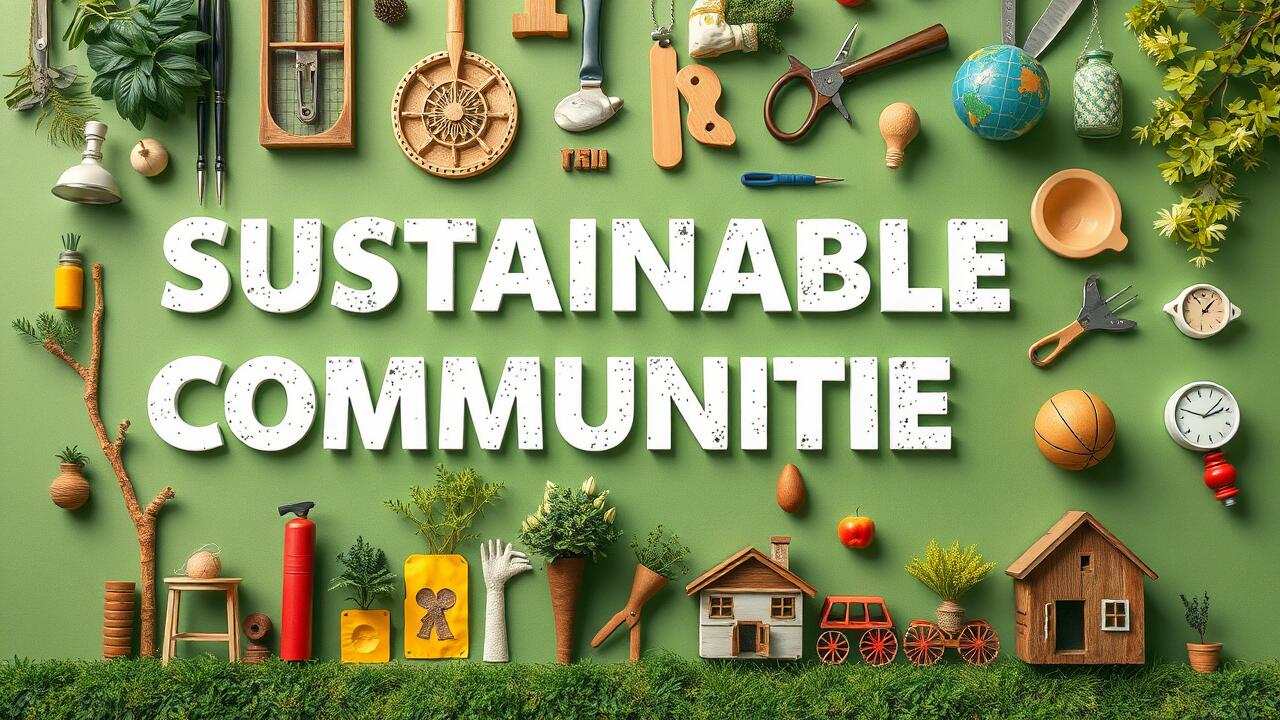Across the globe, traditional communities have been living sustainably long before the term “sustainability” became part of modern vocabulary. These societies developed intricate systems that balanced human needs with the rhythms of nature, ensuring the continuity of both their environment and culture. While today’s world turns to technology for green solutions, the wisdom embedded in ancestral living practices reveals that sustainable living is as much a matter of values as it is of science. Understanding how traditional communities thrived in harmony with nature offers valuable insights into solving modern environmental challenges.
The Foundations of Traditional Sustainability
Traditional societies were guided by principles of moderation, respect for nature, and interdependence. Their lifestyles revolved around using local materials, seasonal resources, and community cooperation. For example, Indigenous peoples of North America practiced rotational hunting and planting to prevent overuse of land and wildlife. In the Himalayas, villages used shared grazing systems to maintain ecological balance. These practices reflect the essence of sustainability: using resources responsibly to meet present needs without compromising the ability of future generations to meet theirs. Modern environmental science increasingly confirms the ecological intelligence behind these ancient practices.
Resource Cycles and Zero-Waste Lifestyles
Traditional communities naturally operated within closed-loop systems long before the concept of a “circular economy” existed. Nothing was wasted; every byproduct had a purpose. In African villages, crop residues became fodder for livestock, animal manure was used as fertilizer, and ashes from cooking fires enriched the soil. In Japan, Edo-period households recycled paper, metal, and textiles through specialized community trades. Similarly, Indigenous Amazonian tribes created “terra preta” — rich black soil made from organic waste and charcoal that remains fertile for centuries. These examples show how traditional waste management aligns closely with modern ecological science.
Sustainable Architecture and Material Science
Traditional building practices across cultures demonstrate a deep understanding of local climates and renewable materials. The adobe houses of the Middle East and Latin America provide natural insulation, keeping interiors cool in hot climates. In Southeast Asia, bamboo and thatch structures offer flexibility and ventilation ideal for tropical regions. Scandinavian log cabins use timber sustainably harvested from managed forests, while Indian mud huts maintain comfortable temperatures through thermal mass. Modern architects now draw inspiration from these techniques to design eco-homes that reduce energy consumption and minimize carbon footprints—proving that science often validates what culture has long practiced.
Table: Traditional Housing Techniques and Their Sustainable Features
| Region/Culture | Traditional Material | Environmental Benefit |
|---|---|---|
| Middle East & Latin America | Adobe (mud bricks) | Natural temperature regulation and biodegradability |
| Southeast Asia | Bamboo & thatch | Renewable, lightweight, and climate-responsive |
| Scandinavia | Timber logs | Insulation efficiency and low carbon impact |
| India | Mud and clay | Locally sourced and energy-saving in all seasons |
| Africa | Stone and organic plaster | Long-lasting, recyclable, and weather-resistant |
Agricultural Wisdom and Ecological Balance
Traditional agricultural methods were rooted in biodiversity and long-term soil care. The ancient practice of crop rotation maintained nutrient cycles, while mixed cropping reduced pest infestations naturally. In the Philippines, rice terraces in Ifugao were engineered over 2,000 years ago to conserve water and prevent erosion. The Maasai people of East Africa practiced rotational grazing to maintain grassland health, ensuring both livestock and land flourished. Modern agroecology now embraces these same principles, demonstrating how community-based farming can provide food security while protecting ecosystems.
Communal Resource Management and Social Ecology
In many traditional societies, community governance played a vital role in maintaining ecological balance. Land, forests, and water were viewed as collective assets rather than private property. The Subak irrigation system in Bali is a classic example — managed by temple networks, it ensures fair water distribution and harmony between farmers, nature, and spiritual beliefs. Similarly, in the Andes, local councils (known as ayllus) coordinated land use to avoid overexploitation. Such models illustrate how shared stewardship fosters both ecological resilience and social cohesion, aligning perfectly with modern sustainability goals.
Traditional Food Systems and Biodiversity Conservation
Traditional diets often relied on local, seasonal, and minimally processed ingredients. Mediterranean, Okinawan, and Indigenous diets are celebrated not only for health benefits but also for environmental sustainability. These food systems promote crop diversity and reduce dependence on industrial agriculture. For example, Native American “Three Sisters” farming — planting corn, beans, and squash together — creates a natural support system where each plant benefits the others. These ecological relationships enhance soil fertility and minimize waste, mirroring modern permaculture principles that encourage harmony between food production and the environment.
Water Conservation and Ecosystem Adaptation
Ancient civilizations developed ingenious systems for water management in challenging environments. The Persian qanats — underground channels that transported water across deserts — minimized evaporation and supported agriculture. In Rajasthan, India, stepwells and tanks stored monsoon rain for year-round use. The Inca civilization built stone canals and reservoirs in high-altitude areas, integrating water flow with terraced agriculture. These technologies highlight the practical application of sustainability long before modern hydrology existed. Today, engineers are studying these systems to design resilient infrastructure suited to climate-stressed regions.
Spiritual Ecology and Ethical Living
For many traditional cultures, sustainability was more than a survival strategy — it was a spiritual commitment. Indigenous cosmologies often see humans as caretakers rather than owners of the Earth. Rituals, taboos, and festivals reinforced respect for natural cycles. In Hindu and Buddhist traditions, the principle of ahimsa (non-violence) extends to the environment, advocating minimal harm to all forms of life. African animist beliefs emphasize the sacredness of forests and rivers, which are often protected through spiritual prohibitions. This ethical dimension reminds modern society that sustainability requires not only science but also compassion and responsibility.
Lessons for Modern Sustainable Living
Traditional communities show that sustainability thrives through collective effort, local adaptation, and ethical restraint. Modern technologies—such as renewable energy, organic farming, and green architecture—can gain deeper meaning when combined with these timeless values. The scientific community increasingly recognizes the need to integrate traditional ecological knowledge into modern systems. For instance, agroforestry programs inspired by Indigenous methods are helping to restore degraded lands. Similarly, community-led renewable energy projects echo the cooperative spirit of traditional village systems. Sustainable living, therefore, is not a new invention but an ancient art reimagined through science.
FAQs
1. How do traditional communities contribute to modern sustainability science?
They provide centuries of practical knowledge about resource management, agriculture, and architecture that align with today’s ecological principles. Modern sustainability borrows heavily from their proven models of balance and renewal.
2. What lessons can urban societies learn from traditional living?
Urban societies can adopt localized food systems, community sharing models, and waste recycling practices inspired by traditional life. These foster self-sufficiency and reduce environmental impact.
3. Why is it important to blend traditional wisdom with modern innovation?
Because sustainability requires both cultural wisdom and scientific progress. Combining the two ensures that modern solutions remain ethical, adaptable, and deeply rooted in respect for natural systems.



